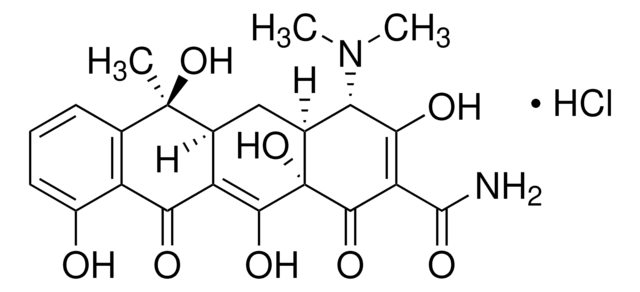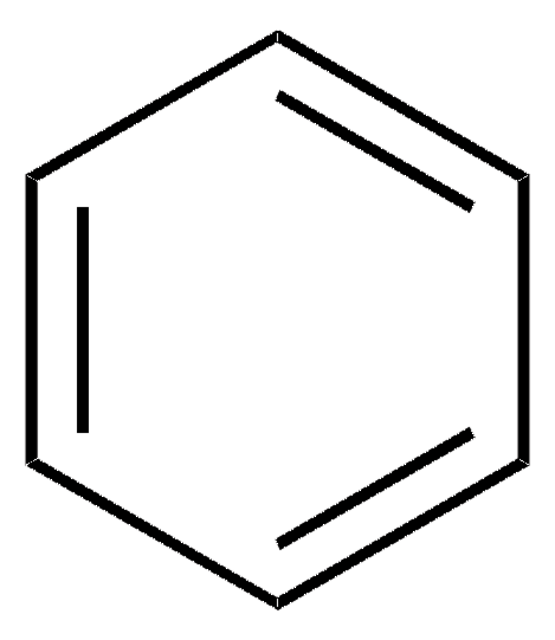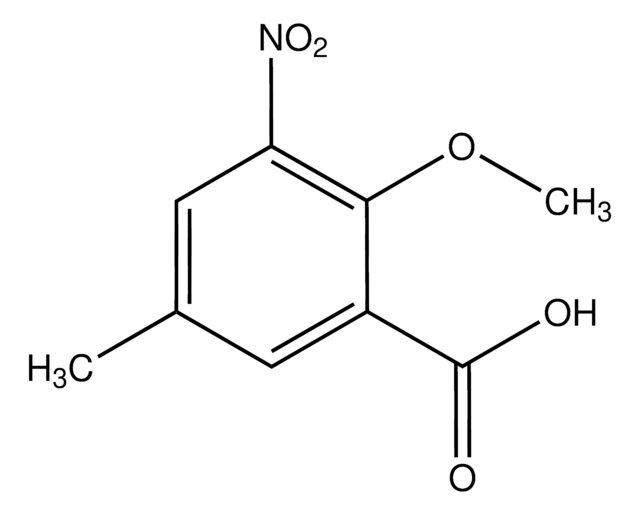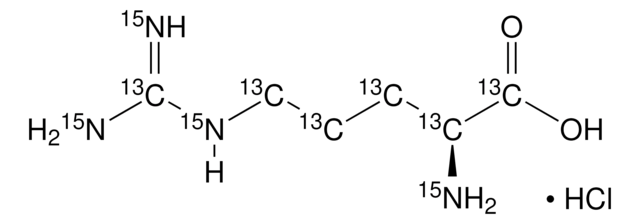270652
Carbon tetrachloride
suitable for HPLC, ≥99.9%
Synonym(s):
Tetrachloromethane
About This Item
Recommended Products
vapor density
5.32 (vs air)
vapor pressure
143 mmHg ( 30 °C)
91 mmHg ( 20 °C)
Assay
≥99.9%
form
liquid
purified by
glass distillation
availability
not available in EU
technique(s)
HPLC: suitable
impurities
≤0.01% water
evapn. residue
<0.0004%
refractive index
n20/D 1.460 (lit.)
bp
76-77 °C (lit.)
mp
−23 °C (lit.)
density
1.594 g/mL at 25 °C (lit.)
λ
H2O reference
UV absorption
λ: 265 nm Amax: 1.0
λ: 270 nm Amax: 0.30
λ: 280 nm Amax: 0.07
λ: 290 nm Amax: 0.02
λ: 300-400 nm Amax: 0.01
application(s)
food and beverages
SMILES string
ClC(Cl)(Cl)Cl
InChI
1S/CCl4/c2-1(3,4)5
InChI key
VZGDMQKNWNREIO-UHFFFAOYSA-N
Looking for similar products? Visit Product Comparison Guide
General description
Please view www.aldrich.com/epaods regarding the EPA?s request for application information of Ozone Depleting Substances.
Application
Signal Word
Danger
Hazard Statements
Precautionary Statements
Hazard Classifications
Acute Tox. 3 Dermal - Acute Tox. 3 Inhalation - Acute Tox. 3 Oral - Aquatic Chronic 3 - Carc. 2 - Ozone 1 - Skin Sens. 1B - STOT RE 1 Inhalation
Target Organs
Liver,Kidney
Storage Class Code
6.1B - Non-combustible acute toxic Cat. 1 and 2 / very toxic hazardous materials
WGK
WGK 3
Flash Point(F)
Not applicable
Flash Point(C)
Not applicable
Certificates of Analysis (COA)
Search for Certificates of Analysis (COA) by entering the products Lot/Batch Number. Lot and Batch Numbers can be found on a product’s label following the words ‘Lot’ or ‘Batch’.
Already Own This Product?
Find documentation for the products that you have recently purchased in the Document Library.
Our team of scientists has experience in all areas of research including Life Science, Material Science, Chemical Synthesis, Chromatography, Analytical and many others.
Contact Technical Service









